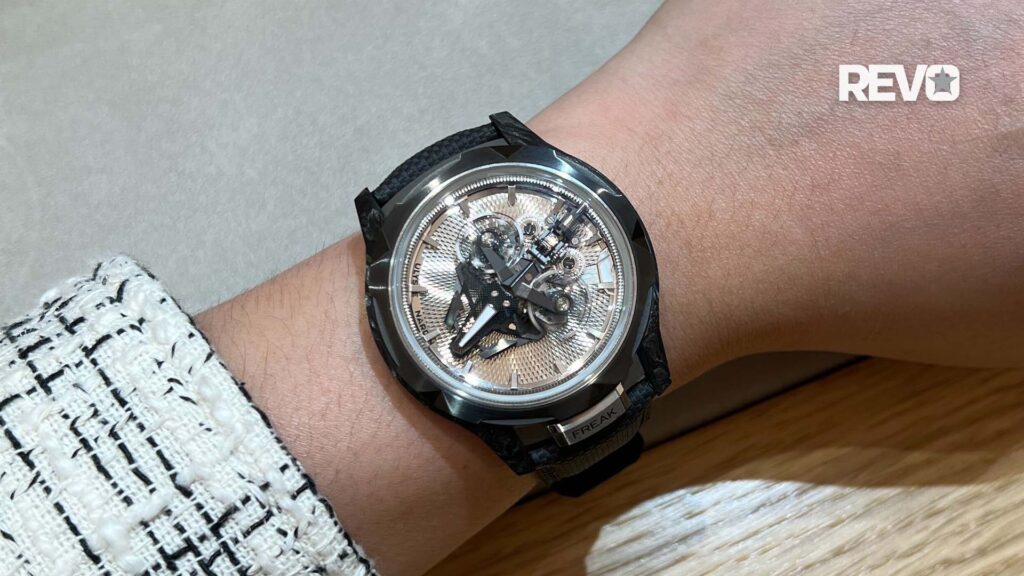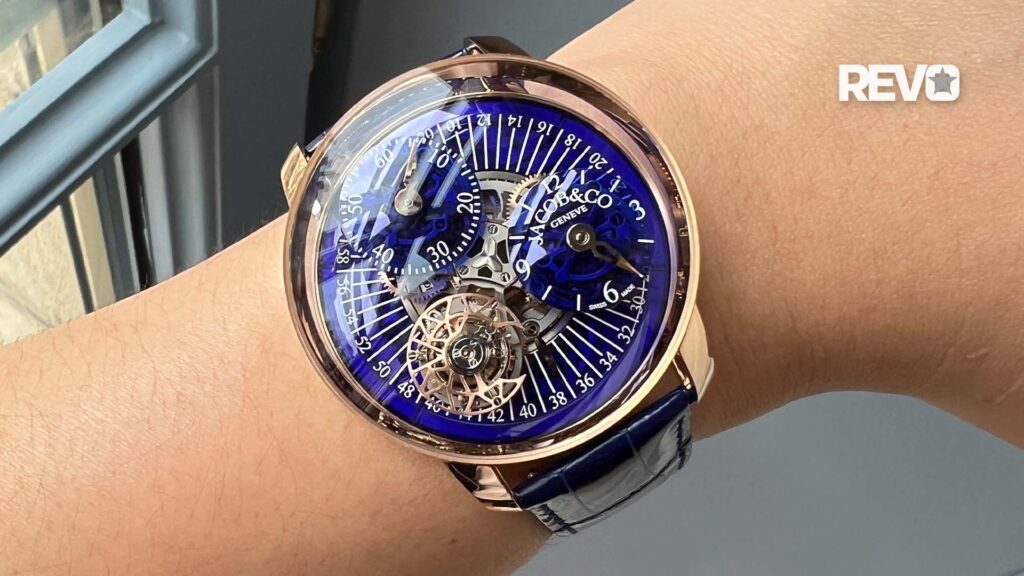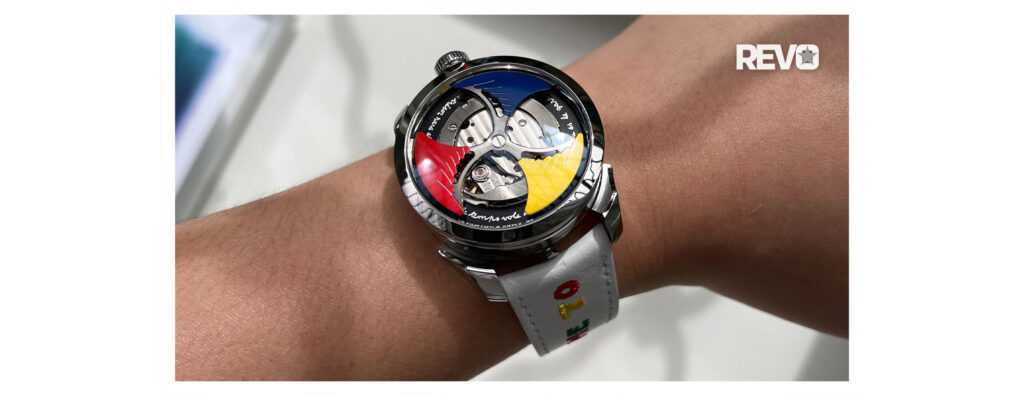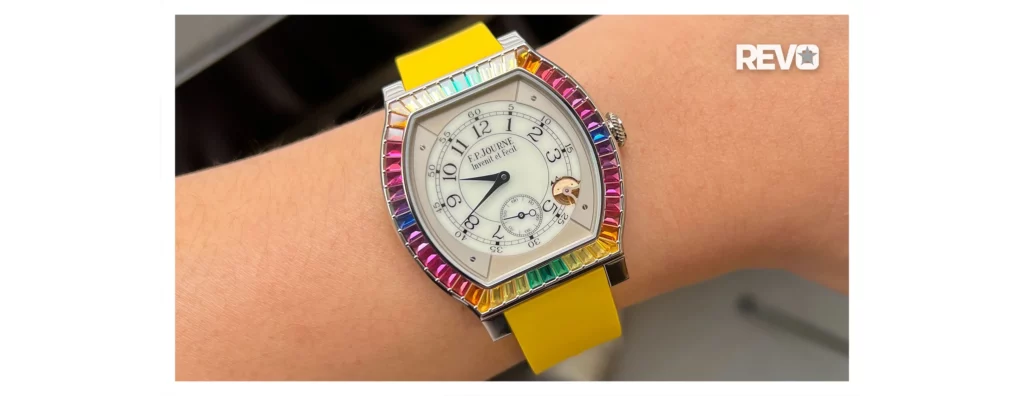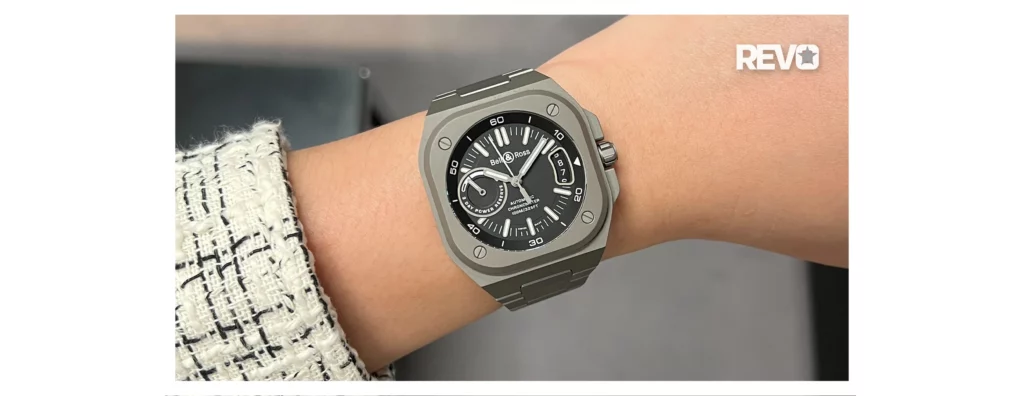Cartier
Feel the Finch
Uncomfortable talking about how he got to this point in his life, the twinkly-eyed, 52-year-old businessman expects interviewers to have done their research. The son of an acclaimed actor, Peter Finch, and a writer mother, Yolande Turner, Finch had a somewhat nomadic childhood in England, Jamaica (where his parents owned a home), France (for a year after his mother bought a house there when he was 12 years old) and Scotland, where he attended Gordonstoun school – a place he credits with giving him a stable home away from his “gypsy” lifestyle.
“I was lucky all round growing up,” he says. “I have a great family on both my mother’s and father’s side, full of adventurers and ingenious entrepreneurs from the 1600s on. My grandfather, for example [George Ingle-Finch], climbed Mount Everest with George Mallory in 1922 and was the first man to use oxygen at high altitude. Having interesting people like this in the family gives a person a sense of entitlement to find your own success. I was lucky enough to have people around me that encouraged me, and when you tell a child they are special it builds their confidence.”
Screen Time
In 1981, the 19-year-old Finch, full of self-belief, took himself off to the Lee Strasberg Theatre and Film Institute in New York with the ultimate aim of becoming a playwright. “My fundamental profession was as a writer,” he says, “which reminds me I have to write a piece for The FT.” He scribbles a quick note-to-self before we continue our conversation. New York was followed by LA and the movie scene, where Finch wrote and directed three films and produced seven or eight more before changing direction again to become a film agent.
This was all in the decadent 1980s, a time when, thanks to the energy created by the entrepreneurial spirit of the developed world, it had become a lot easier to move around between cities and jobs. “Actually, nothing in my life has ever been easy,” he says wistfully. “The truth is that I was broke, tired and jaded by the process of making movies. Raising money is horrible and getting distribution even then was hard, and I didn’t, at that time, have the will to keep being rejected.
“I had just made a movie called Never Ever, which I wrote, financed, produced and starred in. It opened at the Toronto Film Festival and I received what, in my eyes, was one of the worst reviews ever. In fact, it wasn’t as bad as I thought at the time, and today it is only the line about my acting that still hurts: ‘You could land a jet on Finch’s head, his performance is so flat.’ It takes strength to rise above a critical review and I couldn’t do it. I took it very personally.”
“I became an enabler within film. I was creating a platform for artists. Just as Jay Joplin created the White Cube as a space for British contemporary artists to showcase their talent and sell their work, I saw the agency as a way to bring talented artists to the fore and give them global recognition.”
Changing Game
Again proving his entrepreneurial spirit, Finch refused to rest on his laurels, realising that while he could work successfully with 30 to 40 actors, he could extend his public relations skills to working with 3-4,000 brands, just as the great Hollywood agents of the 1930s had done. With big ideas, Finch had CEOs and heads of state in his sights. “I knew that the Pope had representation, so I knew it was possible to reach anyone. The Pope was already taken but there were plenty of other people. I remember wondering whether Deng Xiaoping had an agent. Nobody else was really doing it at the level I was interested in, but I knew that if I could make someone money, then they would take my call.”
The core business of William Morris, however, remained artist representation. “The company had many international offices and LA came to view itself as head office, with London being in the provinces. I didn’t think this was appropriate – to me, it is the other way round – and I definitely knew that I didn’t belong in a satellite office. I decided to leave, and a year-and-a-half later, I embarked on the journey that would result in Finch & Partners.”
Finch is also the proud owner of Chucs, a clothing brand based on the down jacket worn by his grandfather in 1922 and the Fleming inspired swimwear from his youthful days in Jamaica. There is also a Chucs restaurant on London’s Dover Street – a small venue with a yacht-inspired interior and “exceptionally good food”.
A Quality Surveyor
A lover of quality and a man of distinct style, Finch has high expectations of the people and things he surrounds himself with. “My main rule is that things have to be well made,” he states. “I am very active, so everything from my watches to my suits must survive that. I ride motorbikes, like the Ducati Monster, and I drive fast cars, so my clothes must reflect this. I like hop sack as a fabric, as it can be crumpled up and still look good – I can get on a motorbike and will still look presentable at the other end. My style is traditional but relaxed, classical yet practical. This is reflected in my cars: a Ferrari, a 1966 Bentley and a Mercedes C36 AMG. When it comes to clothes, I tend to favour Italian tailors over Savile Row. I love Rubinacci and a young Neopolitan tailor called Elia Caliendo. The English cut is really for tall, slim men; the Italian shape suits me much better.”
When the talk turns to watches, Finch again emphasises the importance of his family ties. “I became interested in watches when I was 13 years old,” he says. “My mother gave me my first watch, which was a Rolex Submariner. It was both extremely beautiful and incredibly rare.” The piece had belonged to a close friend of Finch’s mother who had agreed to sell it to her as a gift for her son’s birthday, despite the fact that only a handful of other examples are known. “Rolex is a currency like no other watch brand – everyone knows it and everyone wants it. Over the years, when I have been in trouble, I have pawned it.”
Because of the connections to his mother, this watch remains his favourite piece, but beyond sentimentality, he looks for robustness – a timepiece must be waterproof, durable, reliable, automatic and tradable. “I am in a country for four days at a time,” he says. “In the past two weeks I have been in Ireland, the UK, Italy, LA, Bangkok and New York. I fish, swim and ride a bike. Watches can break, but it is pretty hard to destroy a Rolex from the 1970s and 1980s. I’ve tried. You are more likely to lose one of your hands if someone tries to snatch it off your wrist. I’ve had accidents where I’ve hurt my hand because the watch won’t come off.”
Today, Finch has five main watches – although his ever-evolving collection has many more pieces. “I have a great relationship with Danny Pizzigoni and Justin Koullapis [Revolution contributors and owners of pre-owned watch specialist The Watch Club]. We tend not to talk about money – we barter. I will give them three watches for one and then swap that one for another and so on. They are very good to me, but I think I am the bête noire of their watch empire.”
Five Of The Best
Despite his life’s successes, Finch claims to be a man with few demands. Happy when spending time with his family, quietly fishing or in the office “with everyone marching in the same direction”, what he loves about timepieces is not the flashy statement that certain models set out to make, but the beauty in their design. To prove the point he singles out the bracelet on his Rolex, which he describes as an extraordinary piece of architecture. “But great design is not static,” he muses. “All great design is derived from nature – from natural architecture that inspires man to recreate forms that are physically or intellectually tactile. By its very nature, this has to be fluid.”
And Finch’s eye for design is certainly evident in his watch collection, which includes a 1932 London-made Cartier pocket watch and a classic Tank, with a Tank Americaine being high on his list to acquire. His latest lust-after timepieces, however, are slightly less ubiquitous, namely the Richard Mille Rafael Nadal RM35-01 (“I certainly couldn’t afford it, but it has my imagination; it is an interesting thing”) and Roger Smith’s Britain (“I saw it at The Watch Club – it is so beautiful, and I would definitely buy it if I could”).
Finch eyes up my Panerai Base Luminor, saying that as nice as it is, he couldn’t wear it. “Most watches are just too heavy for me now. I have had numerous operations on my arm and many timepieces are just not comfortable. I long for something superlight and would love it if Rolex would agree to make me a Daytona in titanium.” And there we could just have the request of the decade – Charles Finch vs Rolex: let battle commence.




